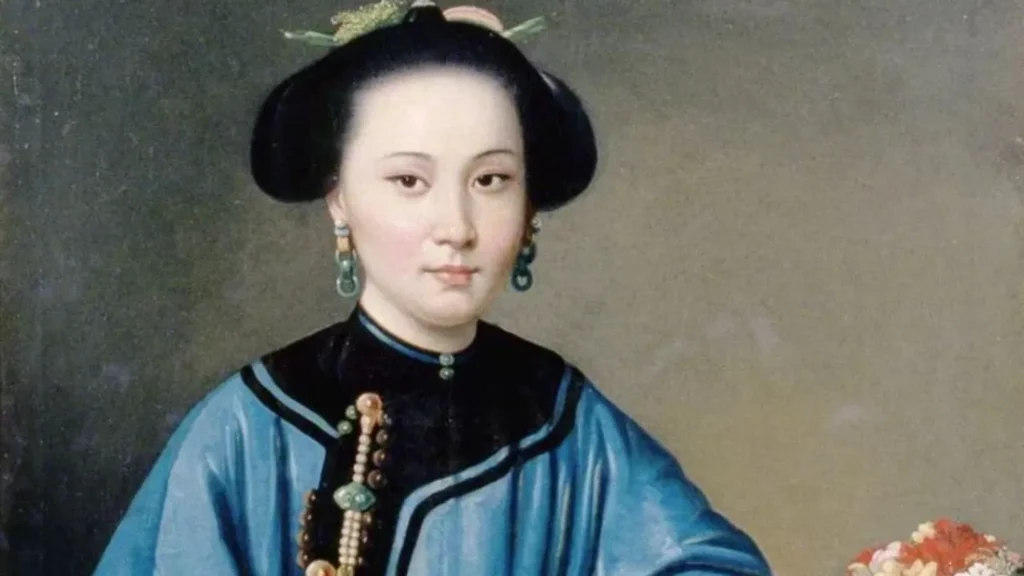China’s ancient history is rich and complex, filled with remarkable achievements, dark truths, and historical mysteries. Beyond the grandeur of the Forbidden City and the existence of the Xia Dynasty lie harsh realities that have shaped China’s civilization today. Below are some of the most harsh facts about ancient Chinese history that you won’t find in textbooks, from interesting, fun facts to unique laws and Emperors.
The Qianlong Emperor Was the ‘Worst Poet’
Chinese emperors often excelled in poetry and calligraphy, earning acclaim for their literary talents. However, the Qianlong Emperor is notorious for his poor poetry. Despite allegedly composing 43,000 poems, he is criticized for subpar writing, plagiarism, and using ghostwriters.

One of his poems about snow reads: “One piece, another piece, and another piece; Two pieces, three pieces, four, five pieces; Six pieces, seven pieces, eight, nine pieces; All fly into the flowering reeds and disappear.”
The Emperor Buried With Rivers Of Mercury
Qin Shihuang, the first emperor of the Qin Dynasty (259-210 BCE), constructed a grand tomb complex spanning 38 square miles. This tomb remains unopened due to the hazardous rivers of mercury surrounding it, making archaeological exploration unsafe.
Ancient historian Sima Qian described the tomb’s central chamber as floating on rivers of mercury, with a vaulted ceiling adorned with pearls and gems to mimic the night sky’s stars, moon, and sun. This vivid imagery highlights the tomb’s grandeur and mystical allure.
Tibet Once Ruled From Bangladesh to Mongolia
The Tibetan Empire, or Tubo (吐蕃), reached its zenith between 780 and 790, controlling lands from Kashmir to Chengdu as far north as Urumqi. During this period, the Chinese Tang Dynasty coexisted with the Tibetan Empire.
They engaged in various interactions, such as battles, embassies, marriage alliances, and cultural exchanges. This powerful empire’s influence extended across a vast region, showcasing its significant historical impact.
The ‘Lost Civilization’ in Sanxingdui, Sichuan
While legends about the Xia Dynasty remain unproven, the existence of the ancient Sanxingdui civilization in Sichuan is well-documented. In 1929, a farmer named Yan unearthed jade artifacts while digging a pond.
The site, fully excavated in 1986, revealed astonishing artifacts of remarkable artistry, including giant golden masks, a 1.8-meter-tall bronze figure, a massive bronze wheel, and a nearly 4-meter-tall bronze tree. Despite these discoveries, much about Sanxingdui’s culture remains a mystery.
China United With Other Influential Kingdoms
China is traditionally said to have had 10 prominent dynasties, but in reality, many were just one of numerous kingdoms. Multiple kingdoms, states, and empires often coexisted simultaneously, creating a complex and diverse political landscape throughout the country’s history.
Additionally, various Central Asian states, such as the Xiongnu, Tibetan Empire, Zunghars, Mongols, and Manchus, existed alongside the Chinese dynasties. This complex political landscape highlights the diverse and interconnected nature of ancient Chinese and Central Asian history.
The Xia Dynasty’s Existence Is Highly Debated
The Xia Dynasty, traditionally considered China’s first dynasty, was succeeded by the Shang and Zhou dynasties. However, concrete archaeological evidence for the Xia’s existence is sparse. Some scholars suggest the Shang invented the Xia, while others believe contemporaneous people did not form a formal dynasty.
Evidence includes geological signs of a flood linked to the Xia’s founding and bronze artifacts from their supposed homeland. However, it remains unclear if these people identified their kingdom as the Xia, leaving questions about their self-perception and historical identity unanswered.
Merchants Were in the Lowest Social Class
In ancient China, merchants and traders could amass significant wealth, yet they were considered among the lowest social classes in the Confucian hierarchy. Despite their financial success, they ranked below farmers and peasants.
This low status was due to Confucian values prioritizing agricultural and manual labor over commerce, viewing merchants as profit-driven and less virtuous. Consequently, despite their riches, merchants were often looked down upon in society and regarded with suspicion and disdain.








